The Medieval period generally refers to the era between the fall of the Western Roman Empire (476 CE) to the beginning of the Renaissance (15th century), and this period is often referred to Middle Ages, since it lies between the Ancient and Modern Periods.
The medieval period is divided into three phases that are:
-
Early Middle Ages (5th–10th century) – Decline of Rome, rise of feudalism, spread of Christianity.
-
High Middle Ages (11th–13th century) – Growth of kingdoms, Crusades, universities, and Gothic architecture.
-
Late Middle Ages (14th–15th century) – Black Death, Hundred Years’ War, fall of Constantinople (1453).
But during the Medieval period, the Middle East, with its Golden Islamic age, China, with their strong presence and India were rich in economic conditions. In this period, there were many largest cities were also found with well-established worldwide.
Kaifeng of China to Angkor of Cambodia were well-established and among the largest cities in the Medieval period.
These largest cities of the Medieval period maintain ts strength as a global power, and India emerged as a major hub of trade, culture, and economy. These developments in the Medieval period were reflected in the rise of powerful cities that attracted vast populations, flourishing trade, and cultural exchange.
In this article, we will explore the top 10 10 largest cities in the Medieval period based on the Estimated Population.
Also Read: Top 10 Oldest Cities in the World
List of 10 Largest Cities in the Medieval Period (1000 CE – 1250 CE)
| Rank | City | Estimated Population |
| 1 | Kaifeng (China) | 700,000 |
| 2 | Angkor (Cambodia) | 650,000 |
| 3 | Gangaikonda Cholapuram (India) | 300,000 |
| 4 | Kyoto (Japan) | 300,000 |
| 5 | Cairo (Egypt) | 300,000 |
| 6 | Thanjavur (India) | 250,000 |
| 7 | Constantinople (Turkey) | 250,000 |
| 8 | Baghdad (Iraq) | 250,000 |
| 9 | Nishapur (Iran) | 250,000 |
| 10 | Cordoba (Spain) | 110,000 |
Data Source: Worldatlas
Brief Overview of the Largest Cities in the Medieval Period
1. Kaifeng – China (700,000)
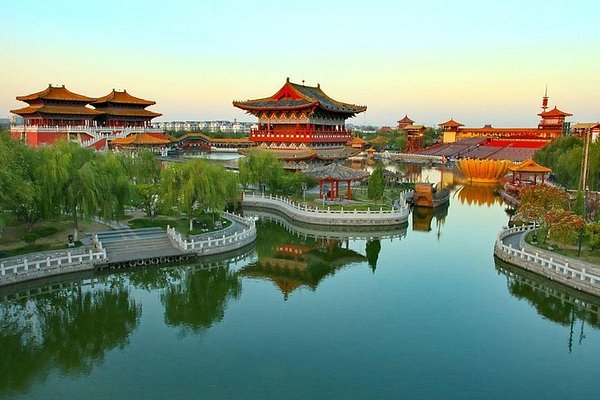
Source: tripadvisor
Kaifeng city of China was the largest city in the medieval period, which comprised about 700,000 people. This city was the capital of the Song Dynasty. This city was diverse with communities from across Asia, including Chinese Jews who migrated from Persia or India. Due to its political and economic hub and its population, it made it one of the largest cities in the world during the 12th century in the medieval period.
2. Angkor – Cambodia (650,000)
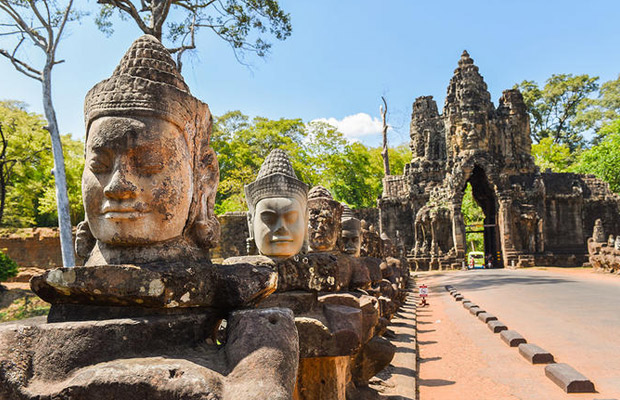
Source: greeneratravel
Angkor city of Cambodia was the second largest city in the medieval period, which comprised about 650,000 people. This city was the capital of the Khmer Empire for nearly six centuries. Angkor is best remembered for the Angkor Wat temple, which was completed under King Suryavarman II.
There was a main trade route from Angkor which is linking fro many countries, including India, China and other Southeast Asian countries. But during the 16th century, due to natural disasters and other pressures, it was abandoned.
3. Gangaikonda Cholapuram – India (300,000)
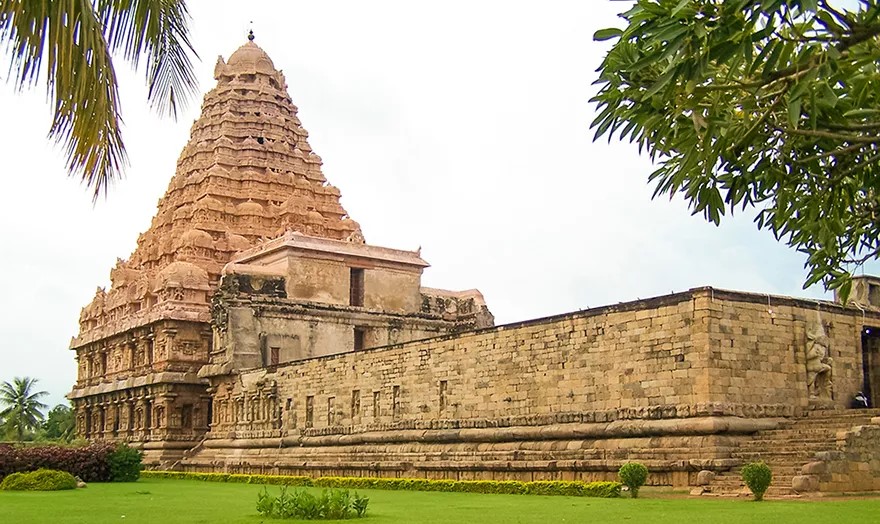
Source: tamilnadutourisminfo
Gangaikonda Cholapuram of India was the 3rd largest and flourished city in the medieval period, which comprised about 300,000 people. This Chola city was founded by Rajendra I after his victory over the Palas.
This Chola capital symbolised imperial grandeur with palaces and temples. This city was known for its cultural patronage and artistic brilliance; the city thrived until the Chola decline in the late 13th century.
4. Kyoto – Japan (300,000)

Source: neverendingvoyage
Kyoto city in Japan was the 4th largest city in the medieval period, which comprised about 300,000 people. During 794 CE, Kyoto was Japan’s imperial capital, and it was a centre of governance, culture, and trade.
Kyoto was far behind the ocean, but due to its strong ties with coastal trade networks, it was able to engage in global trade with other countries. Though devastated during civil wars in the 16th century, it regained importance before being overtaken by Edo (Tokyo).
5. Cairo – Egypt (300,000)
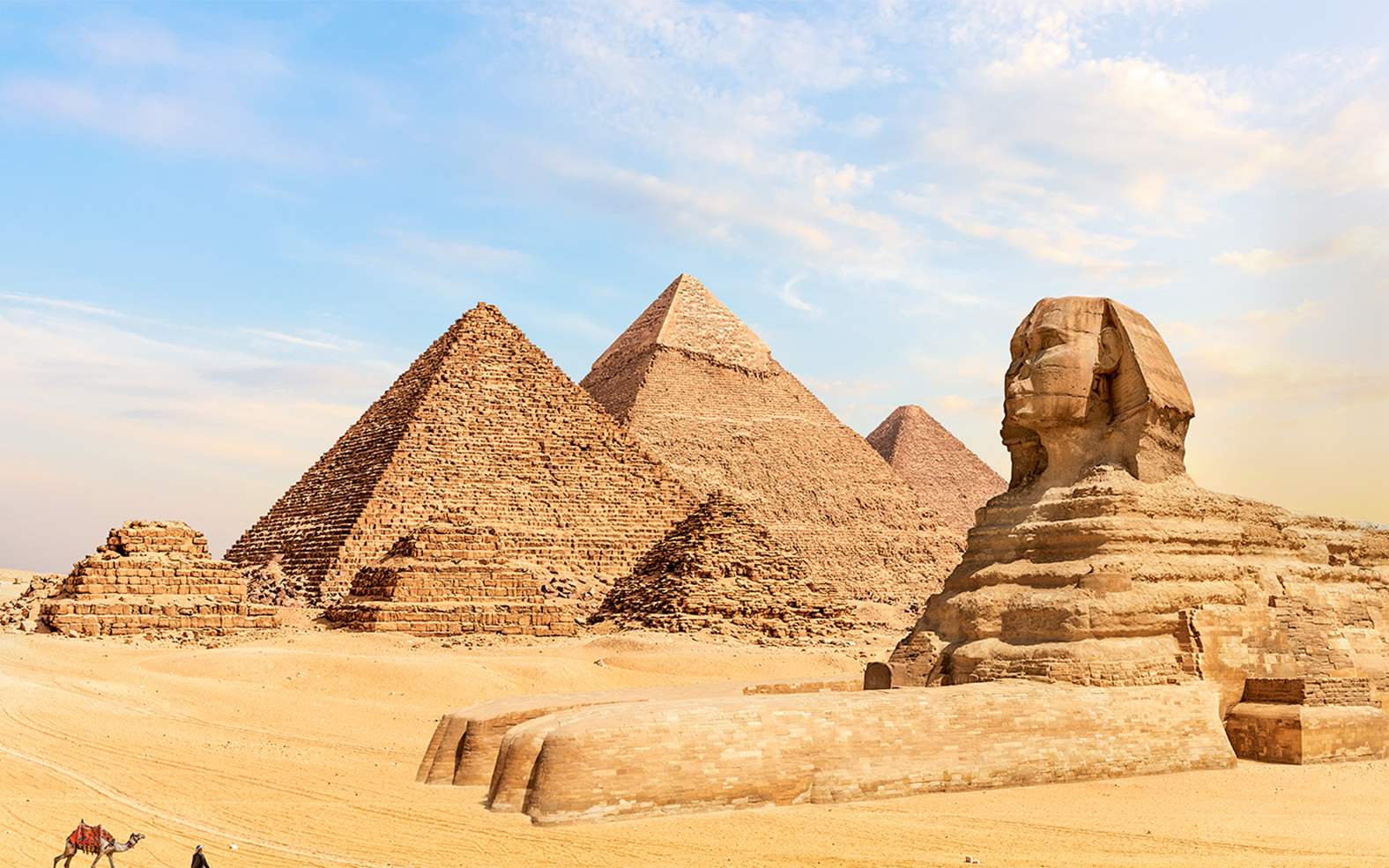
Source: pyramid-of-giza
Cairo city of Egypt, was the 5th largest city in the medieval period, which comprised about 300,000 people. This city was established during the Islamic conquest. Cairo rose to prominence under the Ayyubid dynasty, particularly during Saladin’s rule in the Crusades. Located on the Nile, it grew into one of the largest and wealthiest cities of the Muslim world by the mid-13th century.
6. Thanjavur – India (250,000)
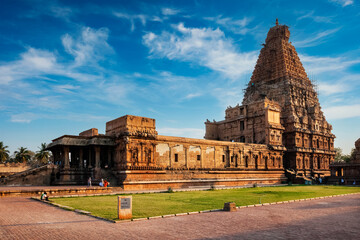
Source: stock.adobe
Thanjavur of India was the 6th largest city in the medieval period, which comprised about 250,000 people. Initially, the Chola capital, before Gangaikonda Cholapuram, Thanjavur developed organically and became famous for its temples, including the Brihadeeswarar Temple.
Even after the Chola Empire declined, it remained significant under the Vijayanagar, Maratha, and later British rulers.
Conclusion
While Europe struggled through what is often called the "Dark Ages," major cities across Asia, the Middle East, and parts of Africa were centres of prosperity, innovation, and cultural brilliance. These medieval urban giants remind us that history was never stagnant—different regions rose and thrived at different times.
Comments
All Comments (0)
Join the conversation